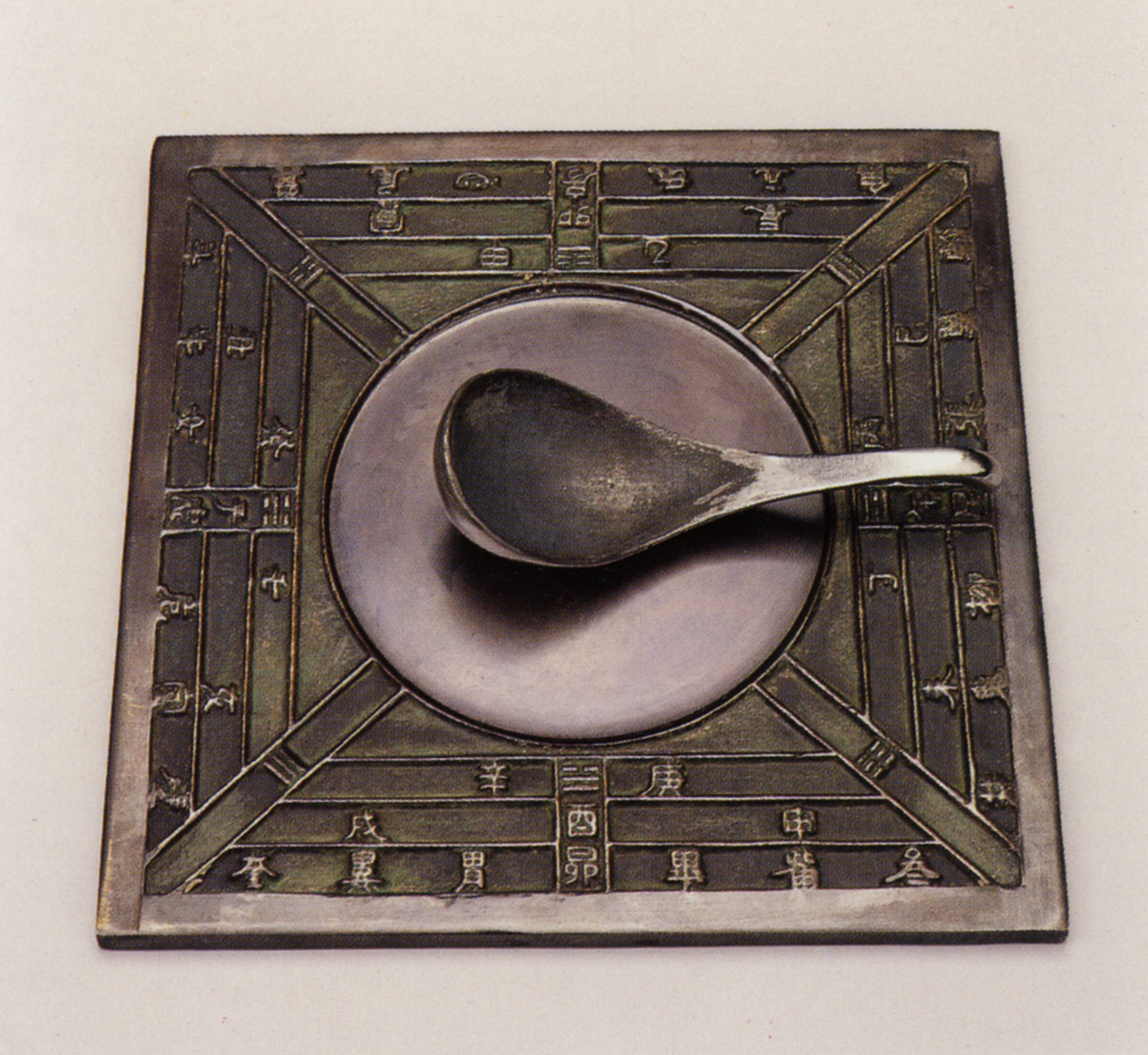The Navigation Invention Pointed the Way Forward

Compass: one of China's Four Great Inventions. (PHOTO:VCG)
By LONG Yun
The compass is one of the great ancient inventions that had a far-reaching impact on the development of civilizations worldwide. Sinan was the name given to the first Chinese compass.
Original compass design
Among the ancient Chinese documents, the earliest record of Sinan's invention and creation is a book called Han Feizi:Youdu. This book tells the story of the ancient Chinese emperors who created Sinan in order to keep everything within the scope of the rules he made. Some scholars, however, believe that Sinan's political significance outweighs its navigational function.
It wasn't until the Eastern Han Dynasty that a scholar named Wang Chong described Sinan's shape and physical characteristics in his book Lunheng.
Sinan is a mineral ore made from iron oxide. The most common design of the ancient Chinese compass used a lodestone (which always points south) and a bronze plate. The lodestone was fashioned into a spoon shape. The spoon was placed on a flat bronze plate. The lodestone spun around and stopped in a north-to-south orientation, with the handle pointing south, as the bronze plate was moved. The "magnetized" lodestone aligned itself with the magnetic field of the Earth. The bronze plate was also inscribed with constellations and other ancient Chinese symbols.
The development from Sinan to standard compass
The transition from compass spoon to standard compass was a long process. It was critical to make the transition from natural magnetite to artificially magnetized iron. One method, which is still used today, was to rub the needle against a magnet. Shen Kuo, a well-known Song Dynasty scientist, described the technique in his book The Dream Pool Essays.
The updated compass ushered in a navigational revolution, making it an epoch -making breakthrough. Its use in navigation began near the end of the Northern Song Dynasty and aided navigational development in the Southern Song and Yuan dynasties.
The compass, which allowed voyagers to draw navigation maps and guide books, was an essential tool in Zheng He's expeditionary voyages in Ming Dynasty.


